Many people wonder about the differences between sheet metal stamping and deep draw stamping,and there are quite a few differences between these two manufacturing techniques. Keep reading to learn more about the differences and essential information, such as production cost and quality.

Sheet metal stamping
The sheet metal stamping process converts hot or cold rolled sheets of steel by stamping them into the shapes needed to create your part. This technique allows a large quantity of components to be produced simultaneously, but it can also lead to around 15 percent of the raw material becoming scrap. The equipment used for this method requires less space than other methods, so if you have limited space, this type of manufacturing may work best for your business. When using sheet metal stamping, three main types of dies are used—blanking, piercing and bending.
Blanking involves cutting a part out of a sheet of metal. This is done by striking the sheet with a punch diewhichshearsit to the desired shape. The edge of the punched piece will have a burr on it, so it will need to be filed or machined before use.
Piercing punches a hole in a sheet of metal by placing the sheet metal between two punch dies and forcing them together.
Bending is shaping metal by using pressure from a die to deform it. This type of stamping is often used to create parts with curves.
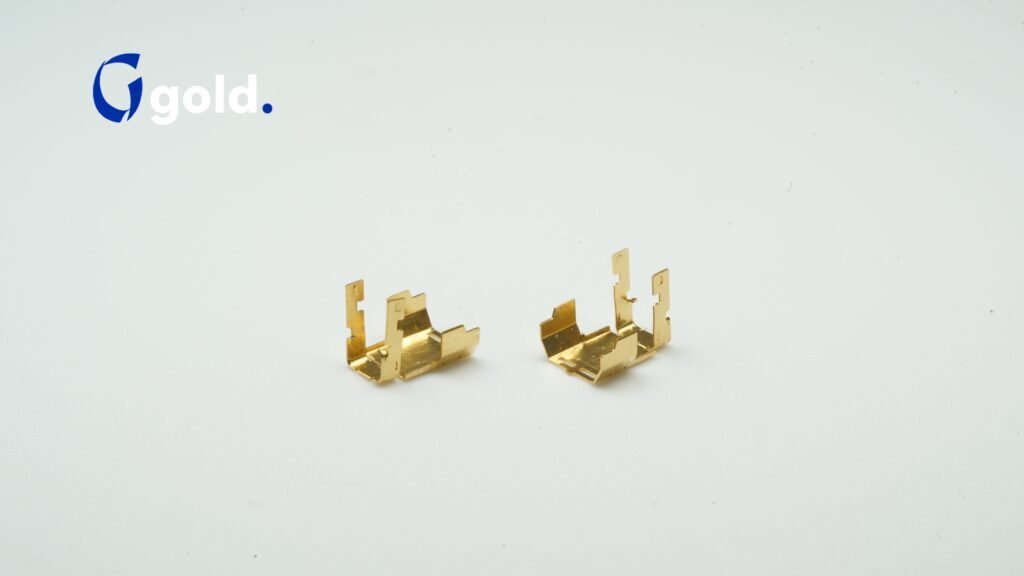
Pros
Cheap
Sheet metal stamping is an inexpensive manufacturing technique. Its cost is often lower than other methods, making it ideal for small businesses on a budget. Because this method does not require molds or tooling to create the component or part, many people assume it is also less expensive. However, the no tooling aspect of sheet metal stamping can sometimes make it more costly because you need to pay someone for the layout and design work rather than using standardized tools.
High volume production
Sheet metal stamping can create thousands of identical pieces at once, so this type of manufacturing allows you to create large numbers of products efficiently while maintaining quality standards. This benefit principally applies to simply shaped parts that do not require a lot of customization.
Ease of use
Shear, punch, and bending dies make up most of the tooling used in sheet metal stamping, so this type of manufacturing is relatively easy to learn. If you have employees already familiar with basic machine operations, they will probably know how to stamp sheet metal without too much trouble.
Versatile
Sheet metal stamping is a very versatile manufacturing technique, capable of creating parts in a wide range of shapes and sizes. This makes it a good choice for businesses that need to produce in high volumes. In addition, this type of stamping can create both simple and complex parts.
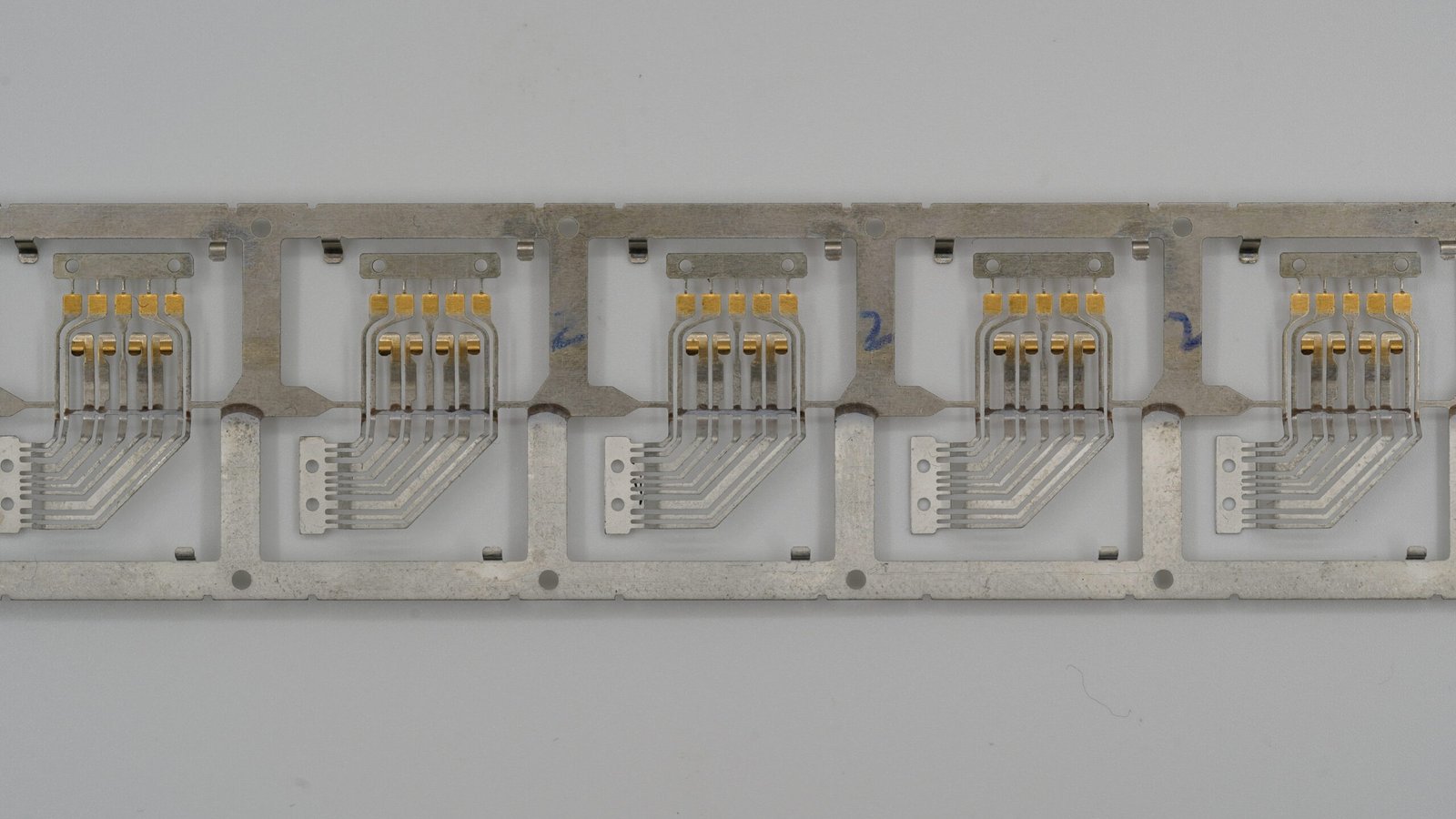
Cons
Scrap rate
Sheet metal stamping has an inherently high scrap rate. To work correctly, stamping dies need flat, smooth sheet metal surfaces. If the sheet is not flat, results are poor and the metal must be scrapped. Because this manufacturing process requires large sheets of metal, yourisk wasting many small pieces that do not meet quality standards. Obviously, large volume production increases the amount of scrap you produce.
Not easily customized
Machine parts that are straightforward and require little customization work best with sheet metal stamping techniques. Simple shapes and curves allow for easy and inexpensive manufacturing. Still, you can expect to pay more when using this technique on custom projects or highly detailed parts due to design fees and additional labor costs needed to complete the project.
Limited design and size options
Sheet metal stamping is excellent for creating simple parts, but if you need a part of greater complexity or detail, this may not be the best manufacturing option. The stamps used in sheet metal stamping cannot easily create tight curves or intricate details, so you may have to look for other methods if your part is intricate in design.
Slow production
Sheet metal stamping is labor-intensive and often slower than other manufacturing techniques. This can be a significant downside if you need a high volume of quickly made products.
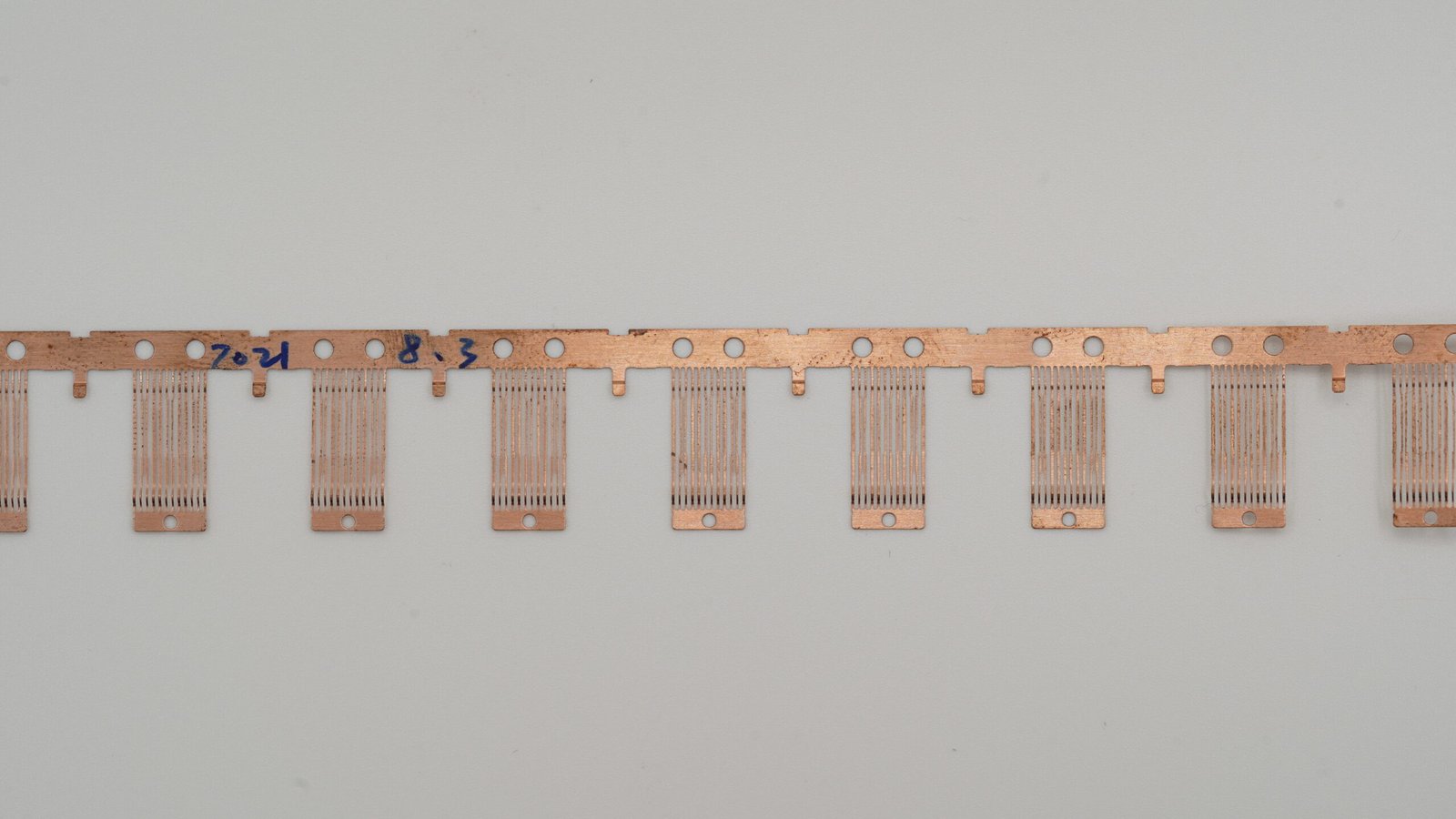
What is deep draw stamping?
Deep drawing is a manufacturing process that uses dies to stretch the material into its final shape by forcing sheet metal into a die. The principal benefit is that it can create complex shapes quickly and efficiently. If you need metal parts with lots of curves or intricate details, this type of stamping may be an ideal option because it can accommodate almost any design constraints and deep draw parts are more durable than stamped parts because they are subjected to minor wear and tear during production.

Pros
High-volume production
Deep drawing can produce large numbers of high-quality parts quickly and efficiently. This makes it an attractive option for businesses that need to create many products in a short amount of time.
Ease of use
The deep drawing process is relatively simple, making it ideal for businesses that want to save on labor costs. This type of stamping does not require the same level of expertise as some other methods, so your employees can learn how to operate the machinery with relative ease.
Accommodates complex designs
As mentioned earlier, deep draw stamping can easily create complex components with no design constraints. This makes it a good choice for businesses that need unique or customized metal parts without spending extra money on design fees.
Flexibility
Deep draw stamping offers the benefit of being able to use a variety of material types. This can be especially beneficial if you are trying to reduce costs or improve product quality by switching from one type of metal to another.
Industry-wide availability
If you need help troubleshooting machinery problems or need more information about this manufacturing process, you have access to a wider range of experts to assist you in your efforts, because deep drawing is used in many industries.
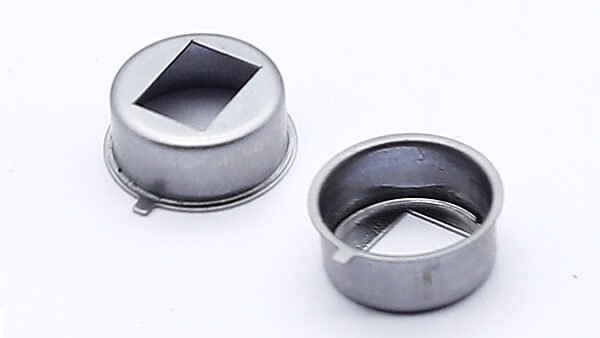
Cons
Risk of high scrap rates
Deep draw stamping can lead to a high scrap rate if the wrong material is used, or the metal is not adequately prepared before the manufacturing begins. To be successfully deep draw, the metal needs to be free of any scratches, bumps, or other surface irregularities. If the part contains any flaws, it will need to be scrapped and replaced with a new one.
Higher costs
Because of the complexity of the deep drawing process, dies and tooling are more expensive than those used in sheet metal stamping. This can make it challenging to produce high-quality parts at a reasonable cost.
Poor longevity
Deep draw stamping can reduce part life because they are less durable than sheet metal stamped parts made using other manufacturing methods, such as injection molding. Deep draw parts are susceptible to surface deformities and buckling because they are subject to constant tension during the deep drawing process. This requires careful inspection of each piece after production, which adds additional labor costs into the overall manufacturing budget.
High end factories
Deep draw stamping requires specialized equipment, so it is typically only used in factories with high-end machinery. You may need to invest in new or upgraded equipment if you switch from sheet metal stamping to deep drawing, which can be cost-prohibitive for some businesses.
Longer production times
Deep draw stamping requires more steps and time than other manufacturing processes, such as injection molding and thermoforming. This can make it challenging to remain competitive when meeting tight deadlines or production quotas.
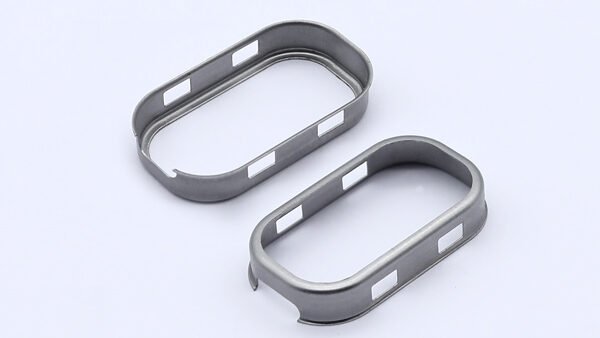
What Are the Differences Between Sheet Metal Stamping and Deep Draw Stamping?
Cost
The main difference between sheet metal stamping and deep draw stamping is the cost. Sheet metal stamping is less expensive than deep draw stamping because it requires more tooling and setup time. This also makes it an economical choice for businesses that need large quantities of parts produced quickly.
Durability
Sheet metal stamping produces more durable parts than those created through the deep drawing process. This is because the material is not subjected to as much tension during production, reducing the likelihood of surface deformities or buckling.
Ease of use
Sheet metal stamping is a straightforward process compared to deep drawing and does not require as much highly skilled labor to operate the machinery. This makes it a good choice for businesses that want to save on labor costs.
Shapes and sizes
Sheet metal stamping is limited to simple designs, whereas deep drawing can produce parts of significant complexity, detail and/or size, providing the dimensions fit the machine’s capacity.
Tolerances
Deep drawing tolerances are less precise than those achieved through sheet metal stamping. This means greater variation in the dimensions of deep draw parts, which can be a problem for businesses that need parts with tight tolerances.
Material types
Deep drawing is most effective with sheet metal, making it a good choice for industries that work primarily with metal. Sheet metal stamping can create parts out of any material, broadening its appeal in various sectors.

Should You Prefer Sheet Metal Stamping over Deep Draw Stamping?
Whether to use sheet metal stamping or deep draw stamping depends on the specific needs of your business. If you require parts with high tolerances, durability, and shapes that are otherwise impossible with sheet metal stamping, then deep draw is better. However, if you need many parts quickly and at a low cost, sheet metal stamping is the better choice.
Conclusion
Sheet metal stamping and deep draw stamping are both viable methods for manufacturing metal parts. Your choice should be based on the specific needs of your business. If you require high-quality, durable parts in complex shapes, deep draw stamping is the better option. If you need many features quickly and at low cost, then sheet metal stamping is the better choice.



2 Responses
It’s helpful to know that sheet metal stamping is less costly than deep draw stamping for a business’s needs. I have an uncle who wants to invest in commercial construction and is interested in learning more about metal manufacturing, so I believe he’d benefit from reading this. Thanks for describing how to choose a metal manufacturing process that fits your project’s timeline.
Thanks for the reminder that material tolerance is also a huge thing to consider when it comes to deep draw metal stamping. I want to know more about how to find a good service like that because it might come in handy for a project that I want to start soon. Being able to properly handle metal materials will be crucial for that.